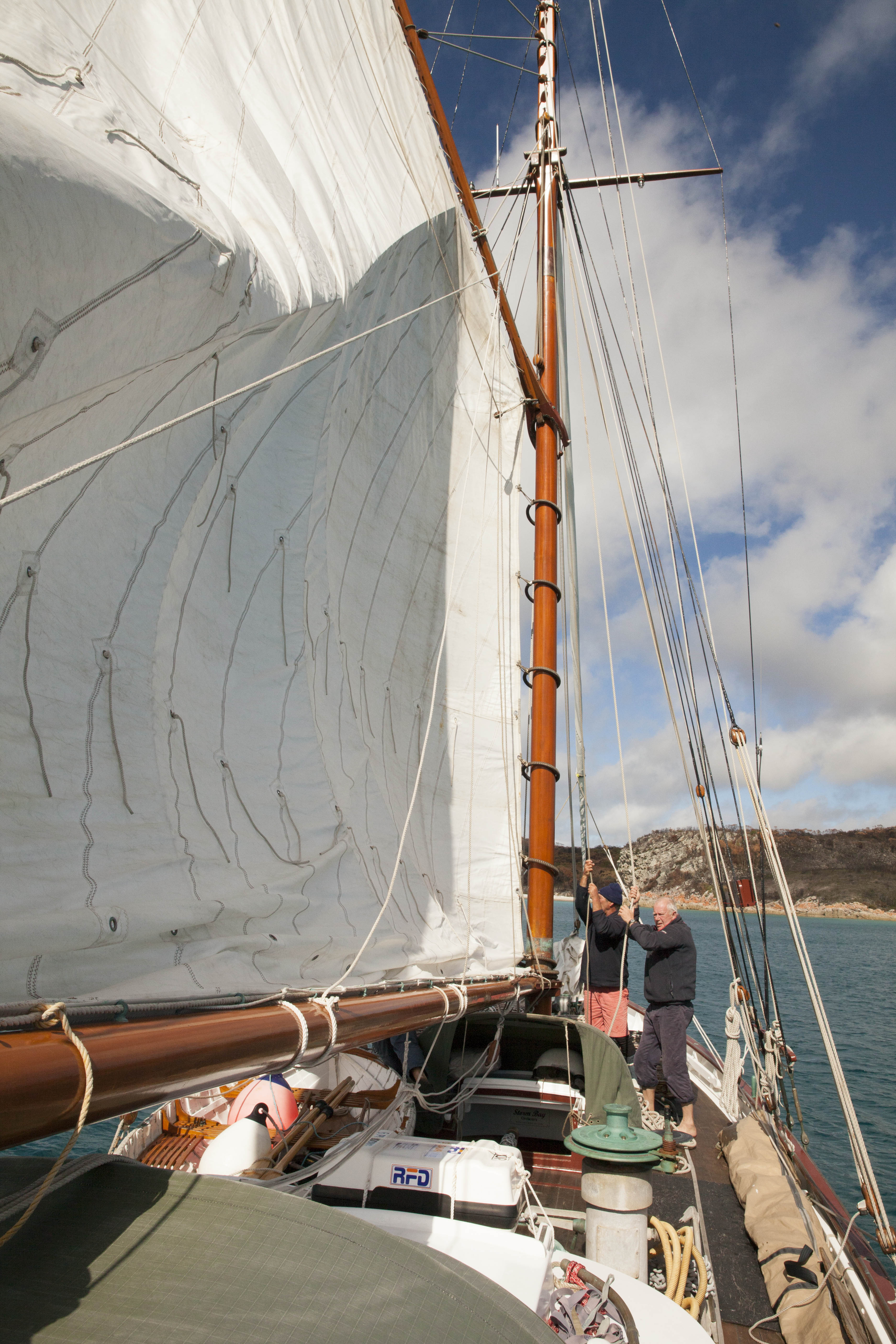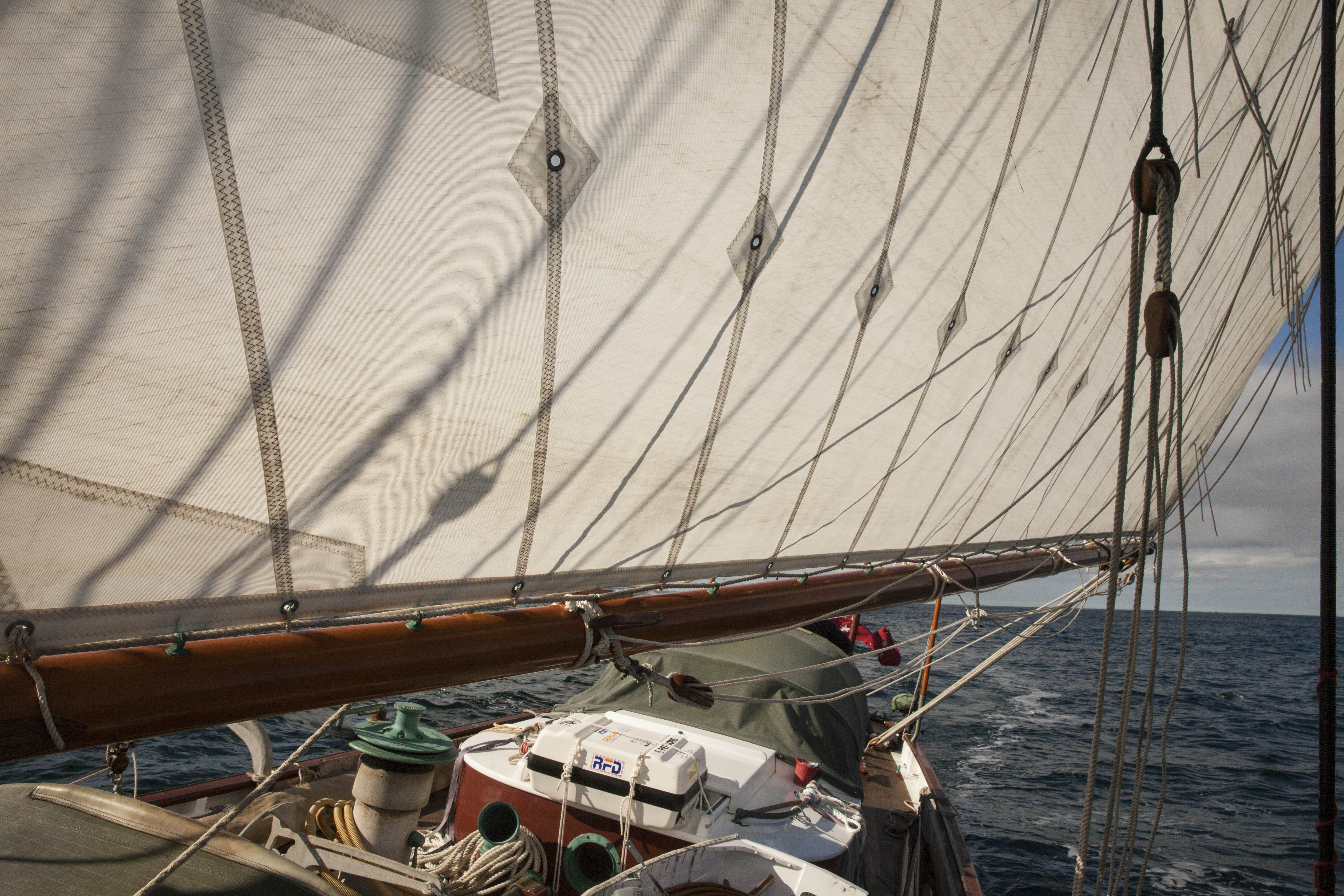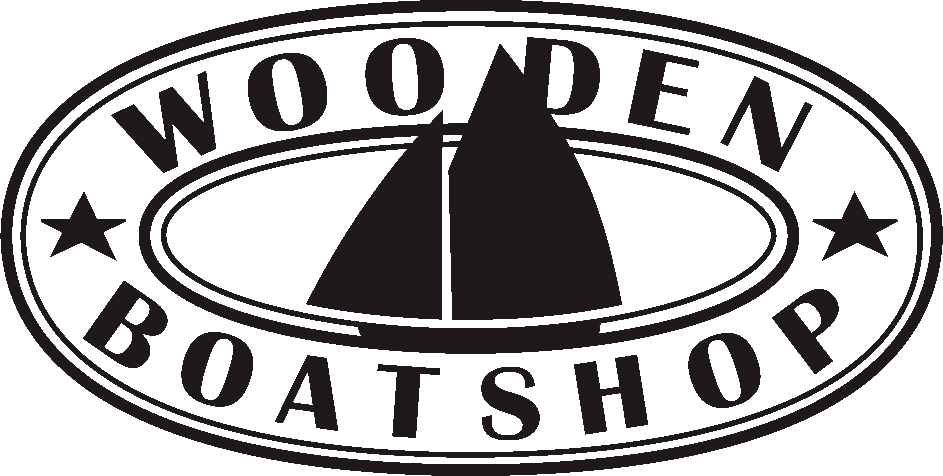The restoration of Storm Bay
The ten-year restoration of Storm Bay took place at The Wooden Boatshop in Sorrento.
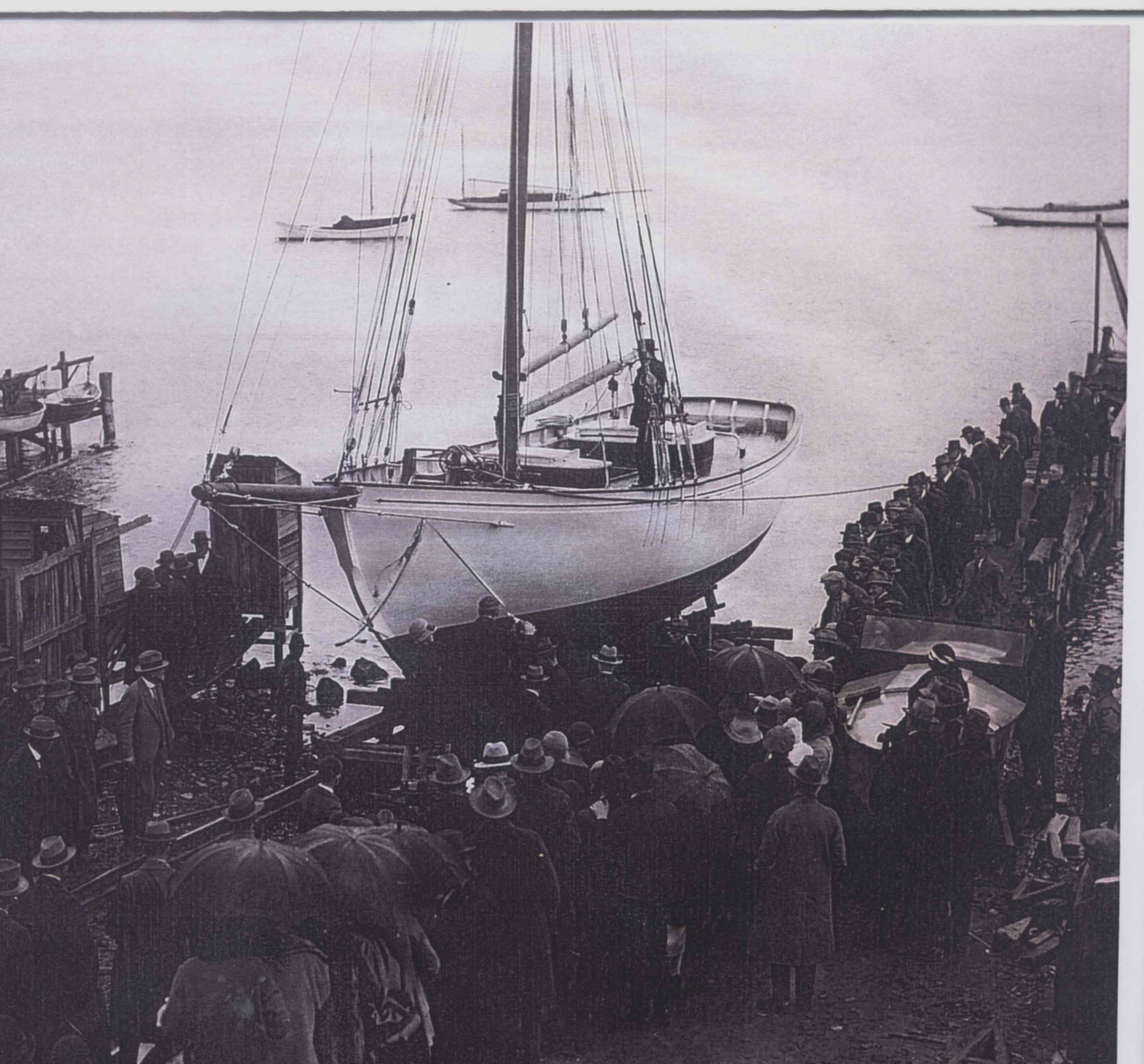
Overview
Originally designed by Alfred Blore, Storm Bay was built by renowned Tasmanian shipwright Percy Coverdale in his yard at Nubeena, south of Hobart. George Bridge, the patriarch of a well-known family and third-generation fisherman working from Hobart commissioned her design and build.
She was launched in Hobart in July 1925.

Named for a small inlet in the Tasman Sea, which indents southeastern Tasmania, Storm Bay is about 16 miles long and 25 miles wide and is bounded by Bruny Island and the Tasman Peninsula .
George Bridge ultimately named his boat after the area he spent his life fishing.

Of her launch The Mercury reported:
“…Storm Bay is a very handsome addition to the Tasmanian fishing fleet. Looking at the smack as she stands at present she resembles a cruising yacht rather than a fishing vessel – her lines are graceful and she should prove to be speedy under sail.”
![]()
Purpose-built Storm Bay was George’s last boat and built at a time when the Tasmanian fishing industry was at its peak. The Bridges’ worked and immaculately maintained Storm Bay until 1963. Storm Bay was their pride and joy.
Jim Bridge recalls:
“It was not an easy job using such a lovely boat as a working fishing boat but George insisted that she be well cared for during this period of her life... especially with her yachting lines when speed did not help a well full of fish or heavy wash across her decks would quickly remove dinghy, nets, and sundry fishing gear quite quickly!!”
“…Storm Bay is a very handsome addition to the Tasmanian fishing fleet. Looking at the smack as she stands at present she resembles a cruising yacht rather than a fishing vessel – her lines are graceful and she should prove to be speedy under sail.”
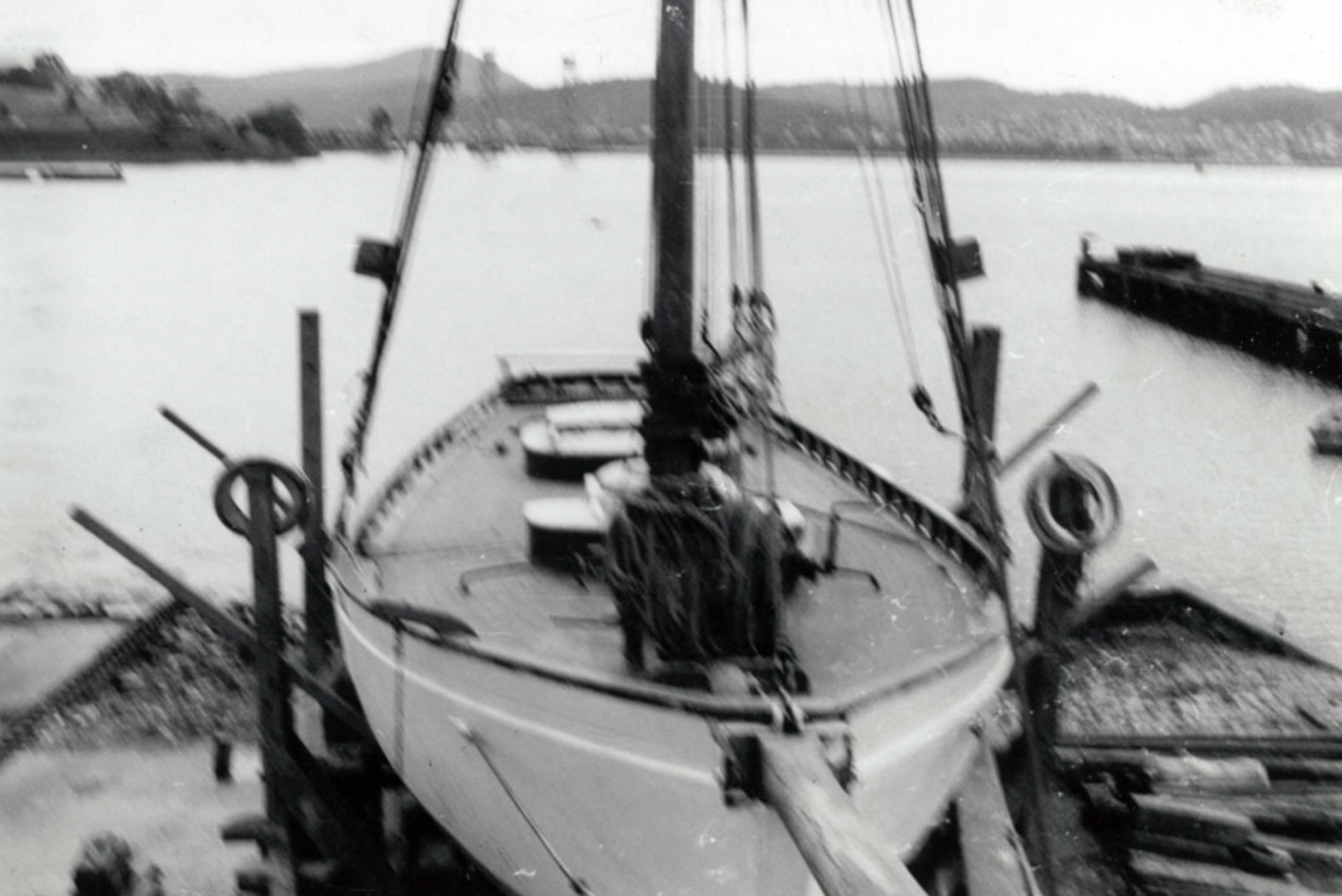
Purpose-built Storm Bay was George’s last boat and built at a time when the Tasmanian fishing industry was at its peak. The Bridges’ worked and immaculately maintained Storm Bay until 1963. Storm Bay was their pride and joy.
Jim Bridge recalls:
“It was not an easy job using such a lovely boat as a working fishing boat but George insisted that she be well cared for during this period of her life... especially with her yachting lines when speed did not help a well full of fish or heavy wash across her decks would quickly remove dinghy, nets, and sundry fishing gear quite quickly!!”

The Bridge Family on board Storm Bay
.

The Bridge Family retail operation on Constitution Dock in Hobart.
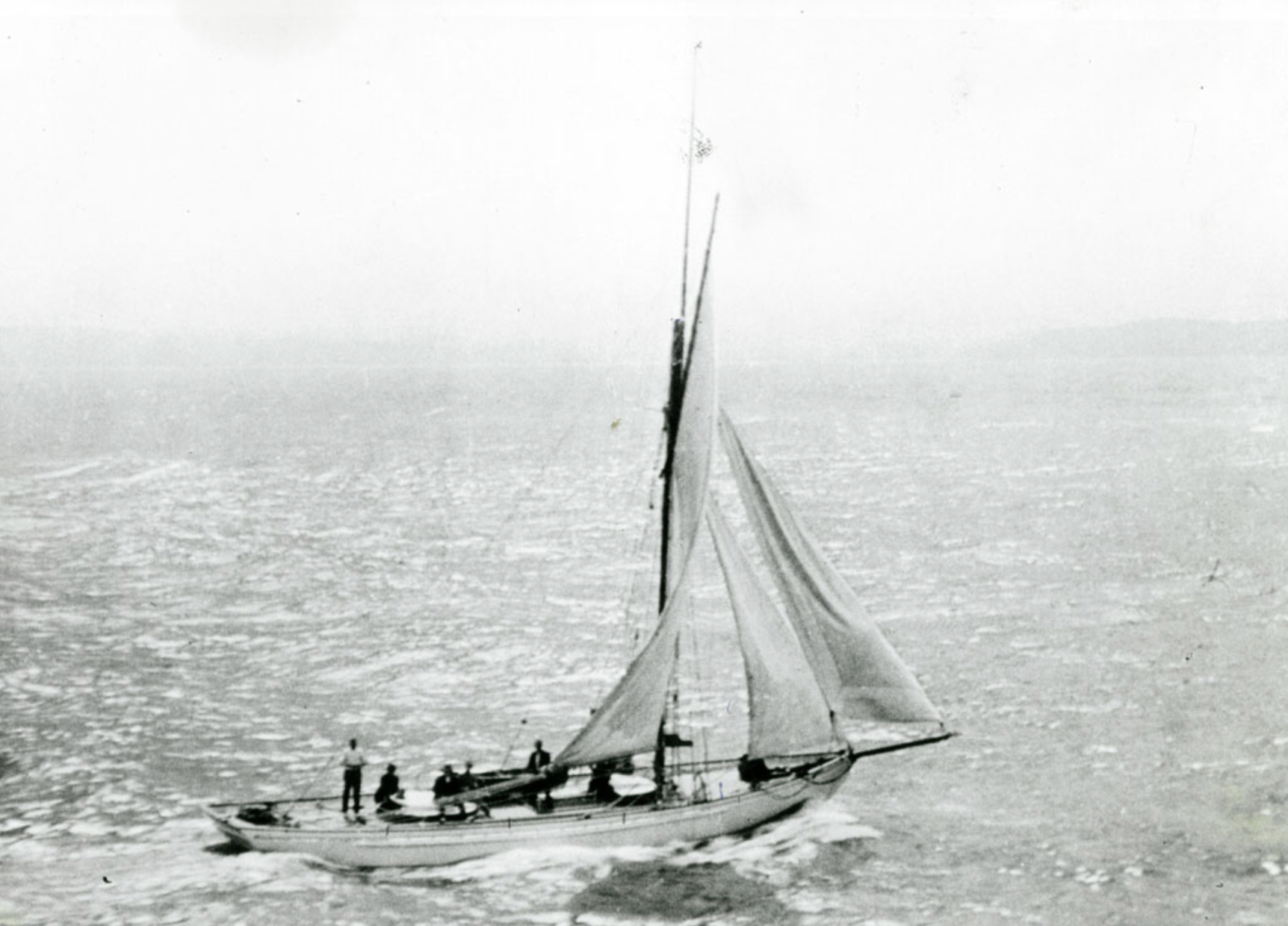
Photograph of Storm Bay as viewed by S.S. Zealandia.

A dramatic painting of Storm Bay with S.S. Zealandia by S.I. Marchant.
Footage of Storm Bay fishing under sail for barracouta in 1929, in the Storm Bay area. Barracouta are caught and landed on the deck of the boat using a jig attached to a pole. Fish are cleaned and filleted and the waste thrown overboard. Footage courtesy of National Film and Sound Archive Australia.

Portrait of Percy Coverdale.
Winston Churchill, a boat built by Percy Coverdale in 1942 was near identical to Storm Bay (6” less beam, identical hull shape but without the centreboard through the wet well and with a lead keel). Winston Churchill was pichned in a bit at the stern because Percy didn’t like Storm Bay’s wide stern, which was designed for two men to stand abrest a pole barracouta from.

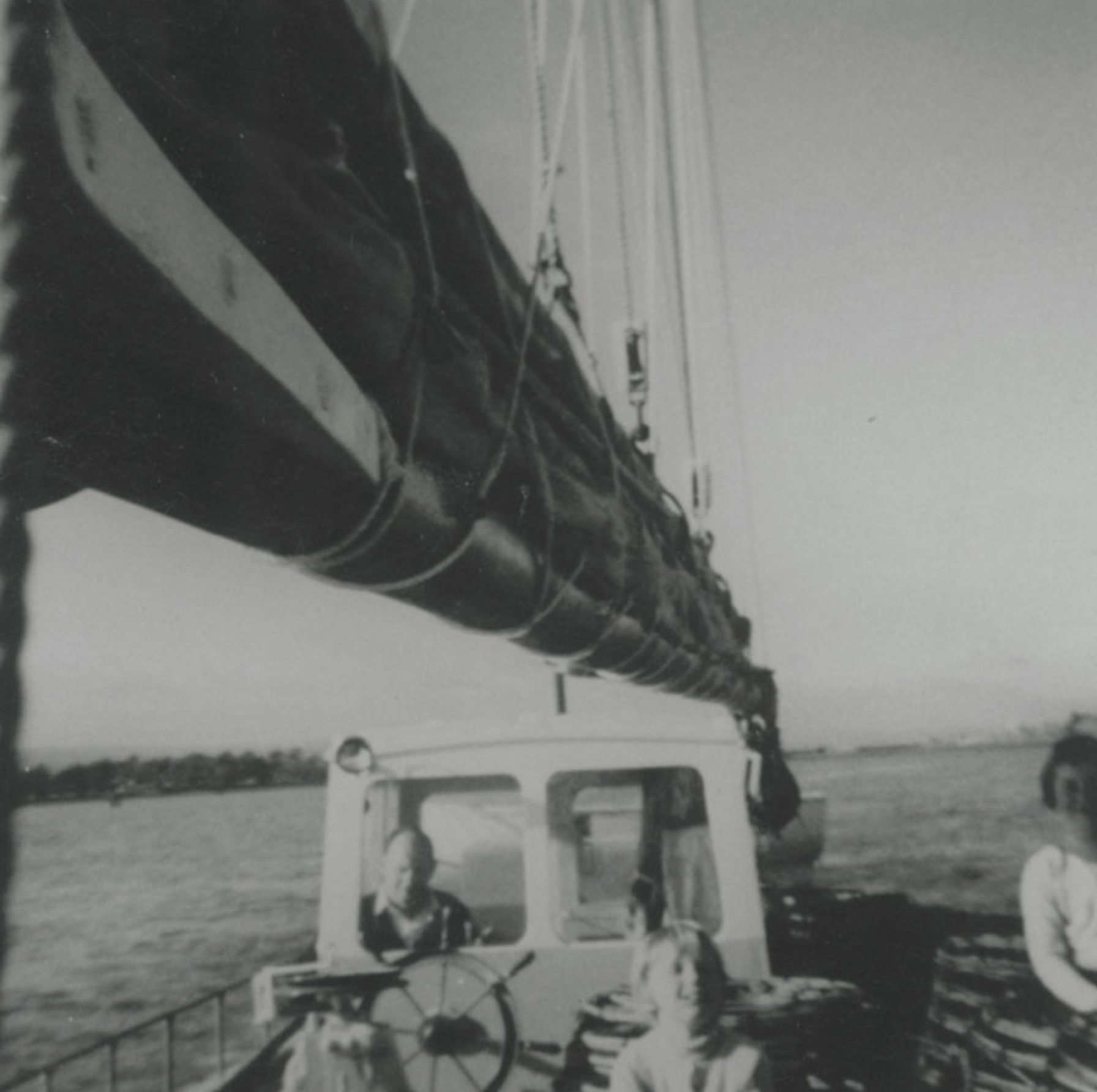
Winston Churchill begun her life by serving as a lighthouse tender to Southern Tasmania. She was skippered by Percy in the very first 1945 Sydney-Hobart Ocean Race and placed 2nd overall.
Contrary to her working-sister Storm Bay she spent her life operating as a yacht and competing in ocean races around the world. Twice she circumnavigated the globe and all up she competed in 17 Sydney-Hobarts.
Sadly, the infamous 1998 Sydney-Hobart was her last race, she was wrecked with three of her crew-members tragically drowned. This made the preservation and restoration of Storm Bay ever more important, less her design and build be lost at sea or the annals of maritime history.

Through a succession of three different owners from 1965 to mid-1980s Storm Bay worked out of St. Helens in northeastern Tasmania as a cray fishing boat, she also had a stint serving abalone divers, and even had a scallop dredge on her stern for a time. Along the way she aquired a wheelhouse, had her topmast set down and generally had her rig reduced.

By 1996 she was all but completely delapidated and had returned to the piers at Constitution Dock in Hobart, albeit in an entirely different condition to her early years.


Tim’s first sight of Storm Bay.

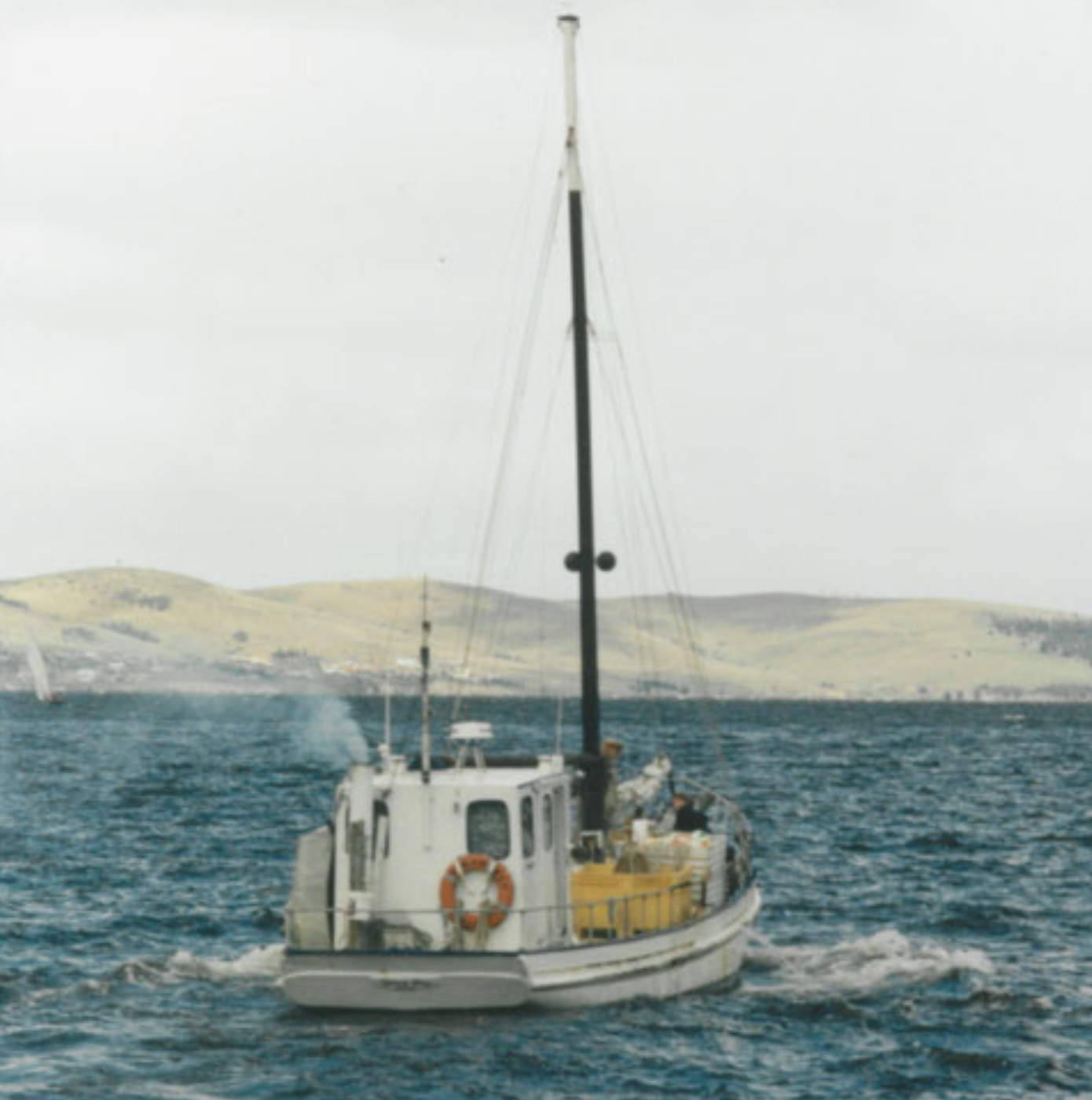
Bringing Storm Bay to The Wooden Boatshop in Sorrento, Victoria.



Haul out and arrival at The Wooden Boatshop.

Stripping Storm Bay back to basics in order to begin restoration to original set-up and condition.


Photos of rigging set-ups from similar boats helped in planning the restoration.


Cassilda Pin Rail.

Storm Bay line plans.

Fixing the hull... replacment of stern post and stem.


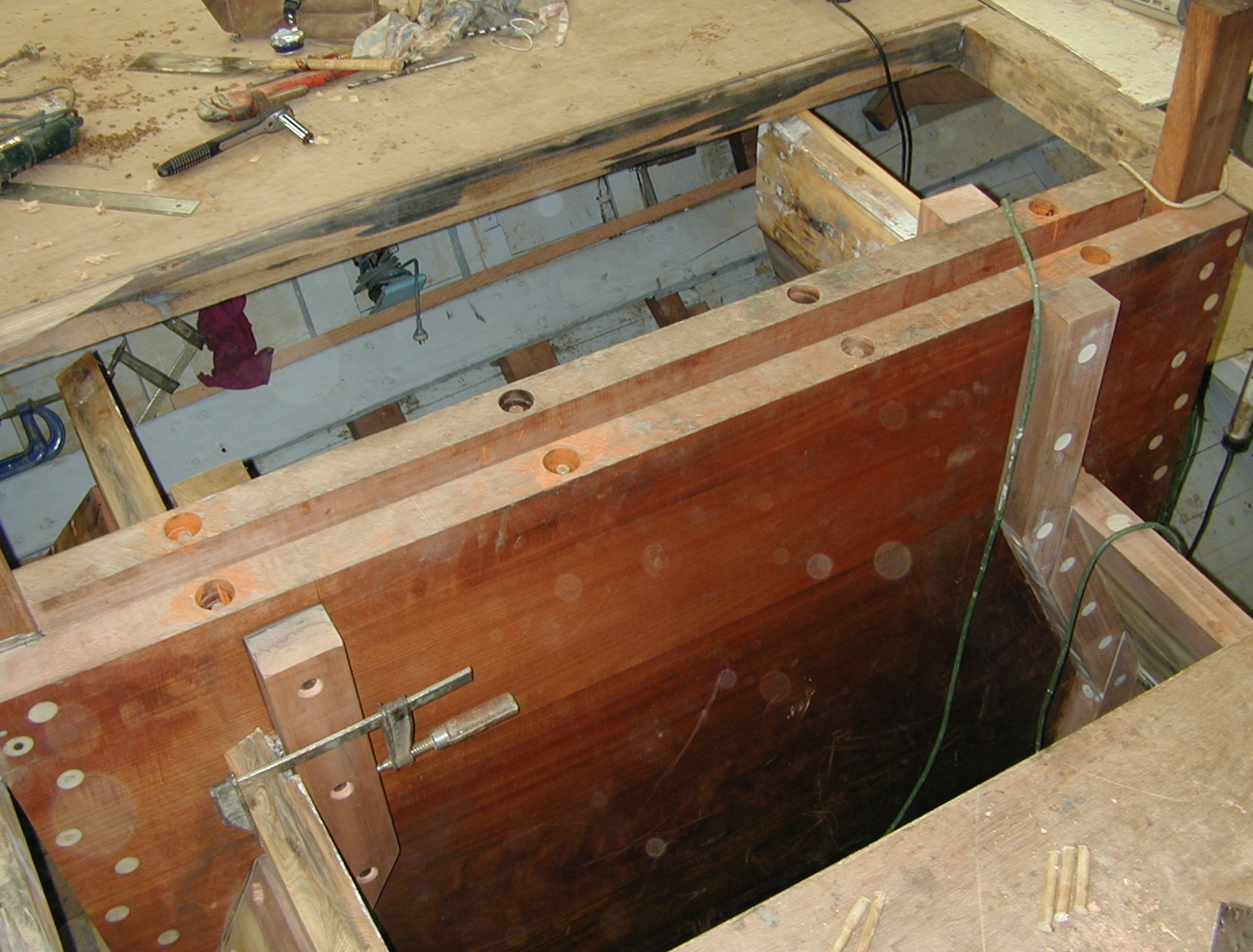
Rebuilding the wet well.

Laying the deck.

Interior layout.

Launch.


Storm Bay dinghy in the early days.



